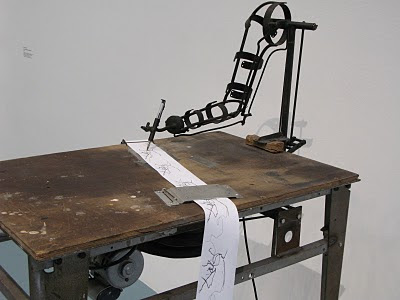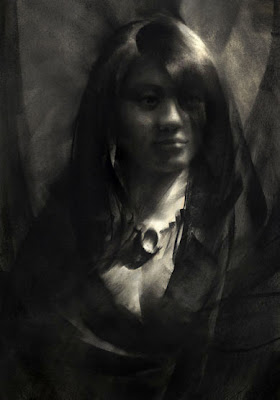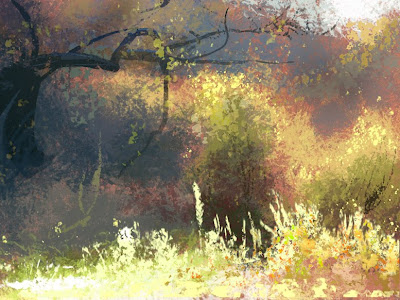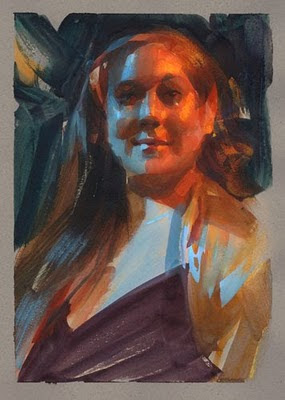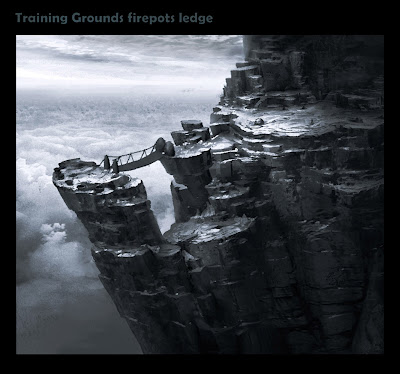COMIC-CON 2010 (part 4)
At Comic-Con, artist Neal Adams defined a comic book artist as: someone you put in a closet with a drawing table, a lamp, a radio, art supplies and you slide paper under the door and he'll keep filling it up -- just so he can get new paper to draw more. There must have been a thousand artists at Comic-Con who fit that description. Some of them were still blinking as their eyes adjusted to being out in the light. At tables on "artist's alley," in booths and leaning up against fire hydrants, you saw them inking highly detailed backgrounds and individual strands of hair. They didn't seem to be weighing the costs and benefits of their actions, the way sensible people would. They drew unfazed by the economics or the logistics of what they were doing. There must have been 423 of them specializing in slick, polished images of huge breasted barbarian women in leather and chain mail bodices. (Question: if there are only 360 degrees in a full circle, how is it possib

